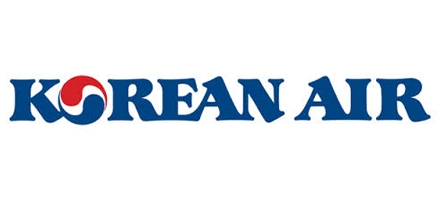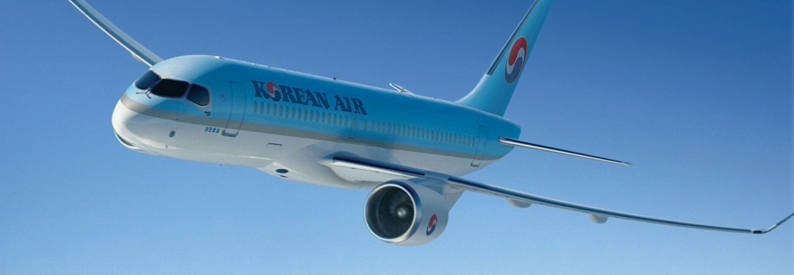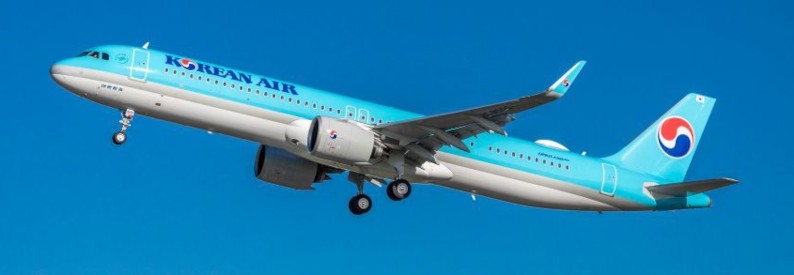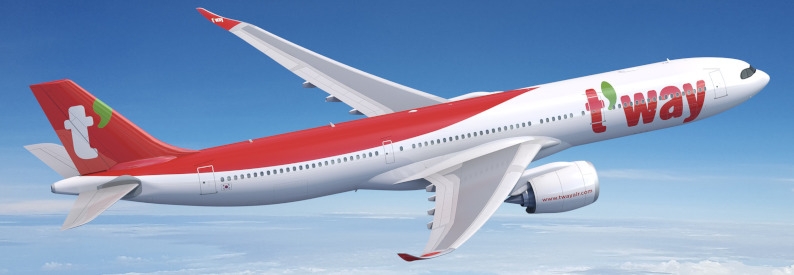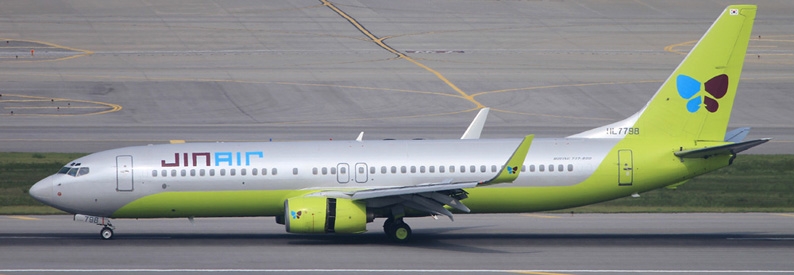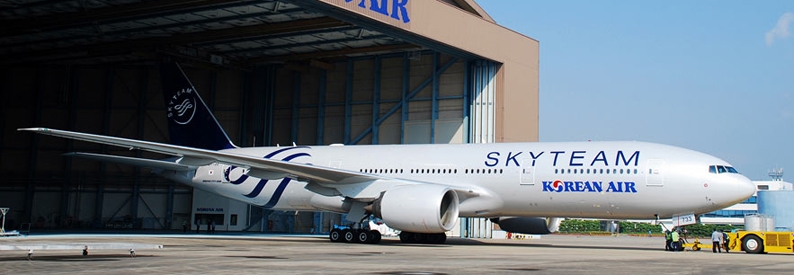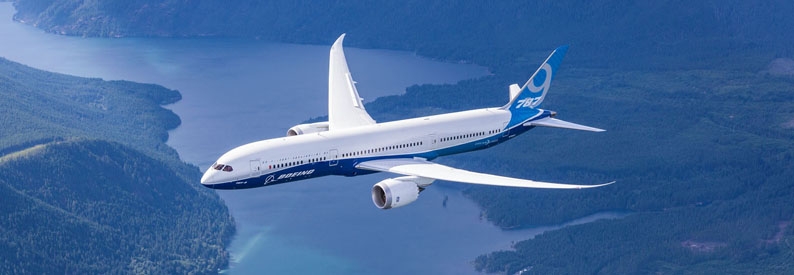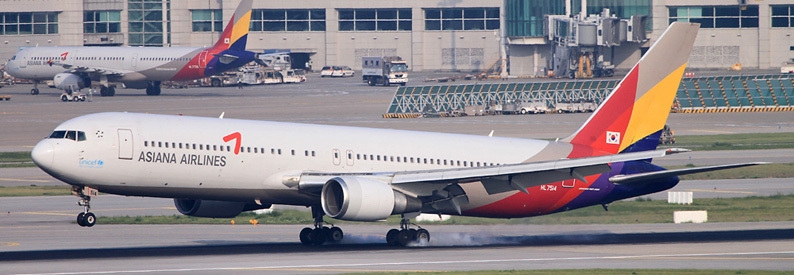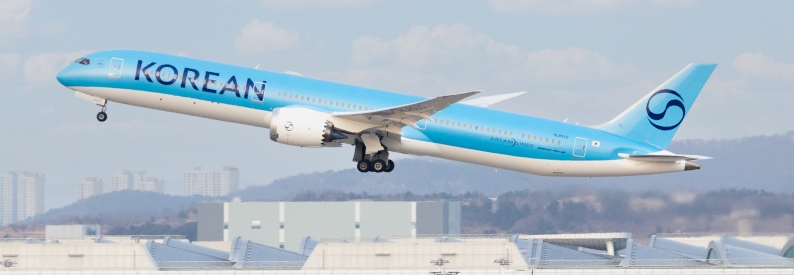According to news reports from Seoul, Korean Air (KE, Seoul Incheon) has appointed an internal task force to drive its entry into the Urban Air Mobility (UAM) market.
The flag carrier is reportedly looking into developing its own flying car business as one of its new growth drivers. Korean Air plans to use its background and know-how in the air transport, manufacturing, and maintenance business to gain an edge in the UAM business. The airline was expected to seek partnerships with related institutions. “We are still in the early stage of developing a UAM system, but we have sufficient capability to move ahead of our rivals in that business,” an unnamed Korean Air official was cited.
This comes after the flag carrier in June 2020 joined “UAM Team Korea”, a public-private consultative body led by the Ministry of Land Infrastructure and Transport, spearheading the country's drive to see flying cars in Seoul by 2025.
The ministry, on March 31, released a UAM commercialisation roadmap following several meetings by UAM Team Korea where the group discussed the selection of research and development projects and the enactment of necessary laws and regulations.
According to the road map, UAM Team Korea focuses on UAM flight certification methods, technology research and development plans, and vertiport (take-off and landing facility) operational plans.
UAM development has been divided into four areas: aircraft and parts manufacturing; navigation and traffic management; building and operating infrastructure such as vertiports; plus passenger and cargo transportation services. About 40 state organisations and companies have joined the public-private consultative body to push the UAM commercialisation project forward.
According to the road map, Korean Air will develop a UAM air traffic management system, while the Korea Airports Corporation is looking at the operation of a Vertiport, and SK Telecom is responsible for the development of the communication network. Hyundai Motor Company and Hanwha Systems are focusing on the production of the aircraft.
Hyundai Motor Group and Hanwha Group are also focusing on UAM as one of their key future growth engines, aiming to offer air taxi services and tap potential demand from the military.
Hyundai Motor aims to unveil an unmanned aerial system (UAS) for cargo by 2026 and operate an automated UAM model in downtown Seoul by 2028 and an intercity UAM by 2030.
Hanwha Systems is cooperating with global companies to commercialise its air taxi business. The company forged a partnership with the US-based Overair (which is developing an all-electric, vertical takeoff and landing (eVTOL) aircraft) and aims to develop an air taxi by 2024 and run a trial of the vehicles in 2025.
According to the roadmap, the South Korean UAM market development is divided into three phases: 2025 to 2029, 2030 to 2034, and 2035 and later, with specific goals set in terms of technological progress.
In the first phase, the aim is to reach a flight distance of 100km with a pilot on board. During the second phase, the vehicle will double this distance and be remotely controlled. In the third phase, the aim is to reach 300km based on increased battery capacity and fuselage weight reduction. Flight velocity is to double to 300km/h from 2025 to 2035.
South Korea aims to have at least 50 vertiports and 200 flight routes in operation nationwide by 2035.
- Type
- Base
- Aircraft
- Destinations
- Routes
- Daily Flights
